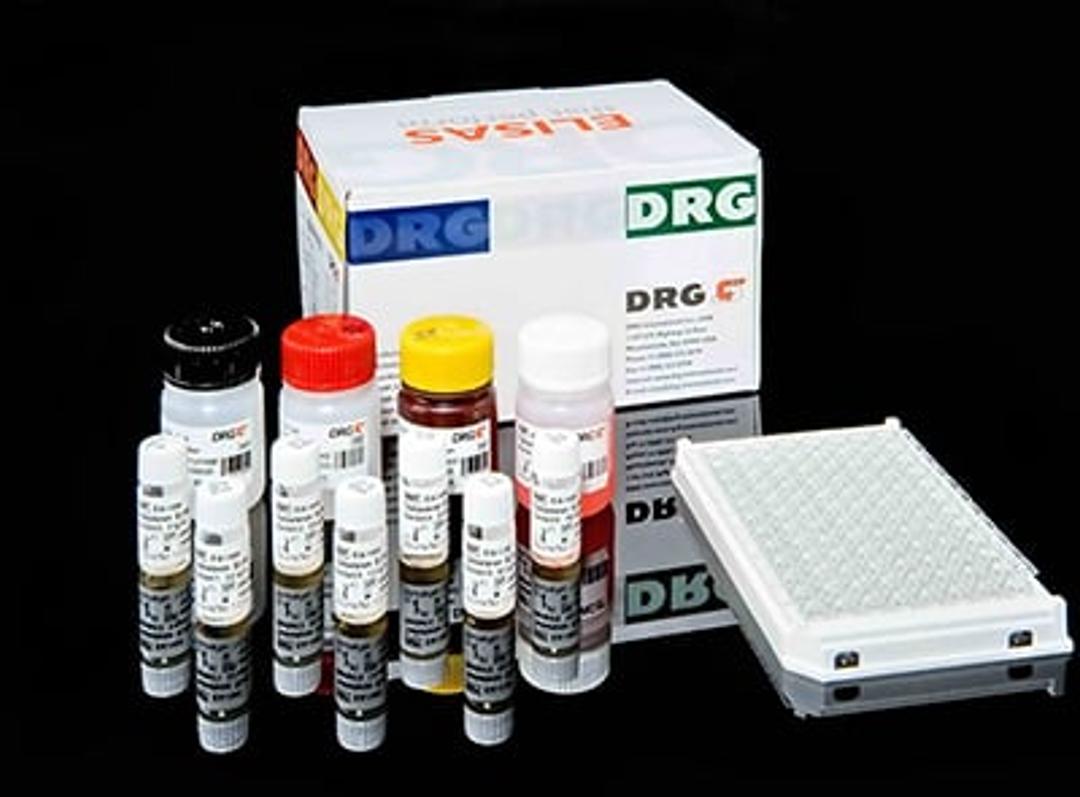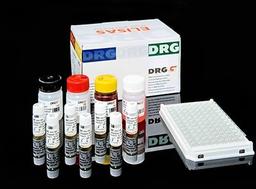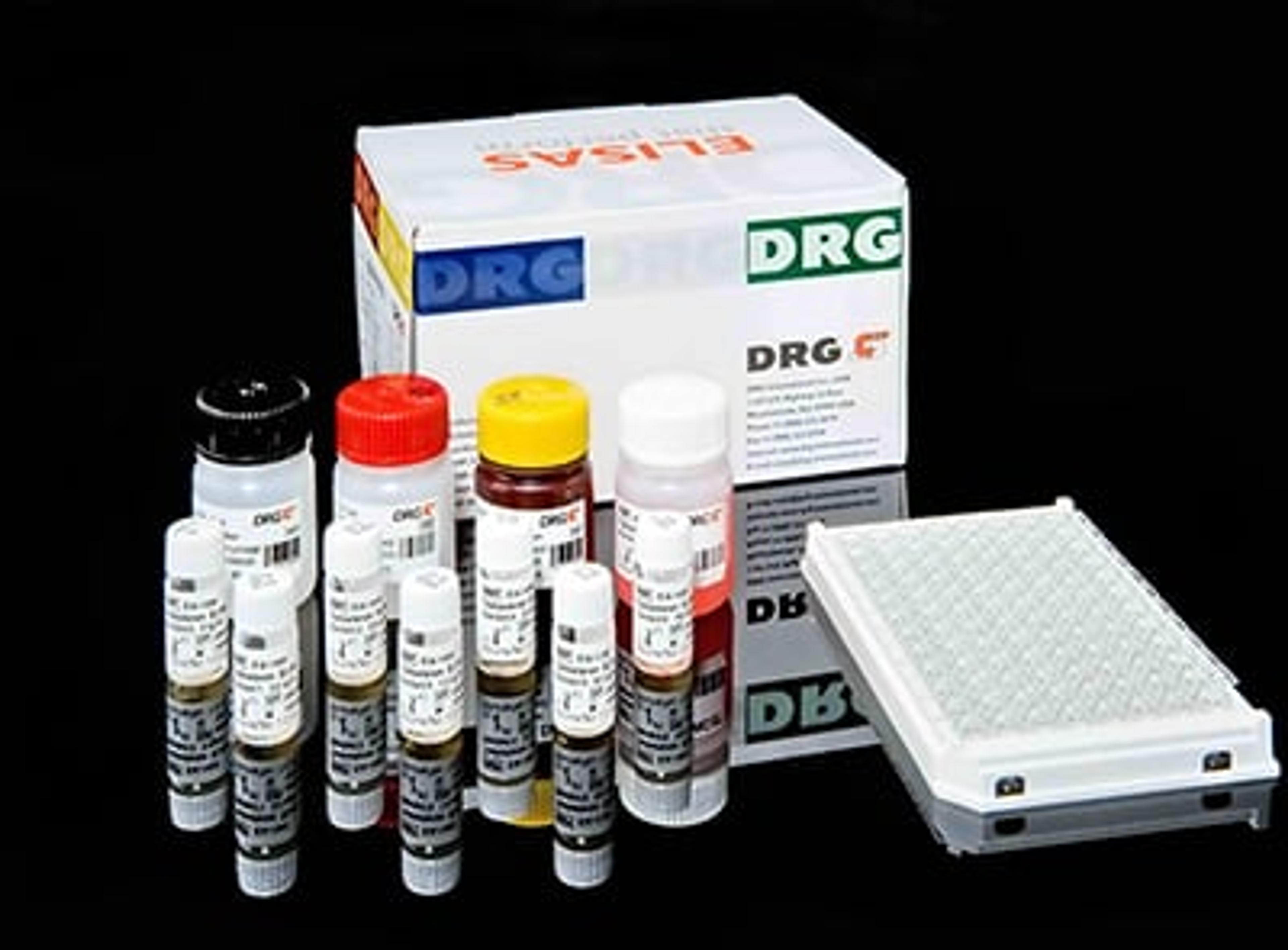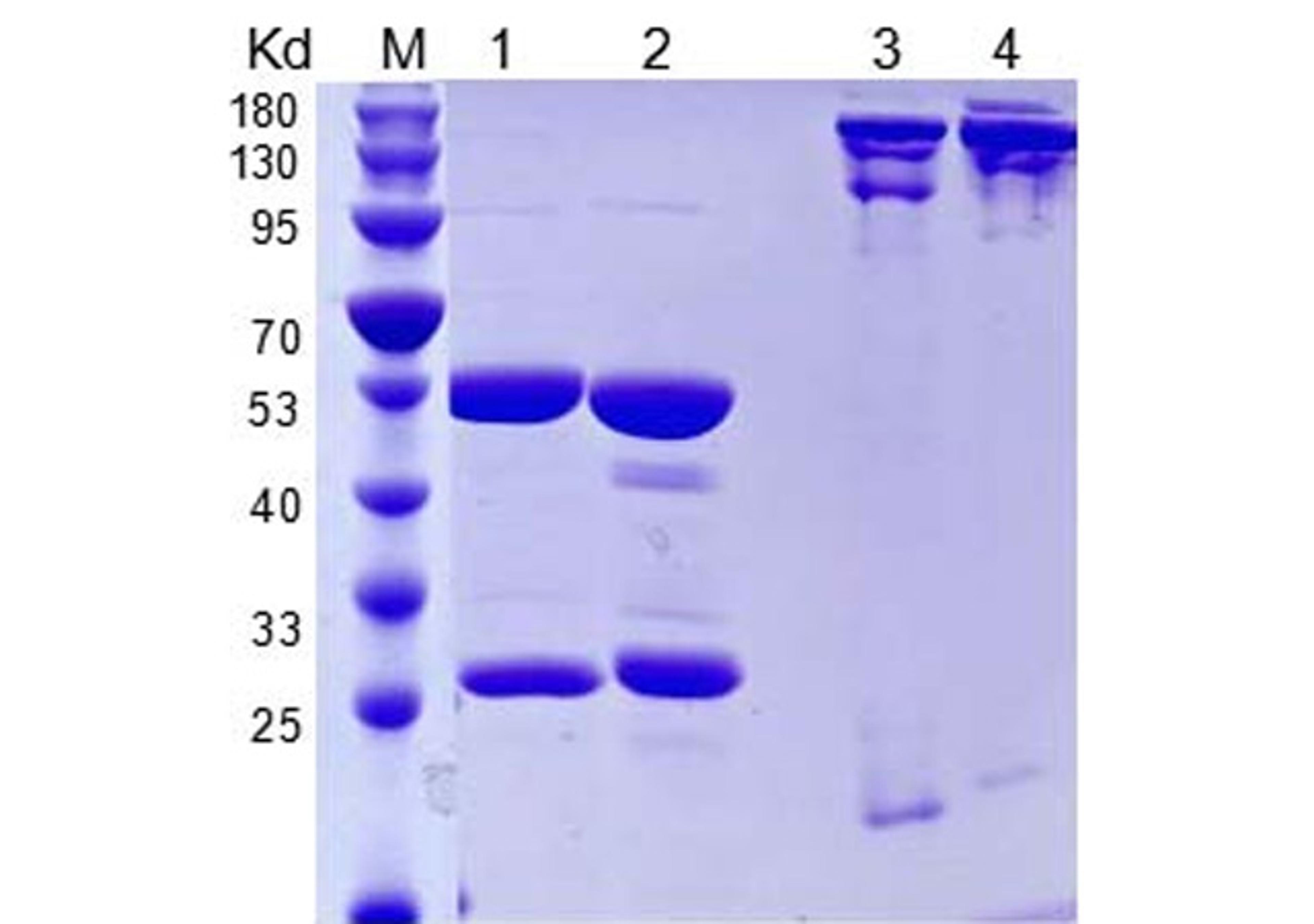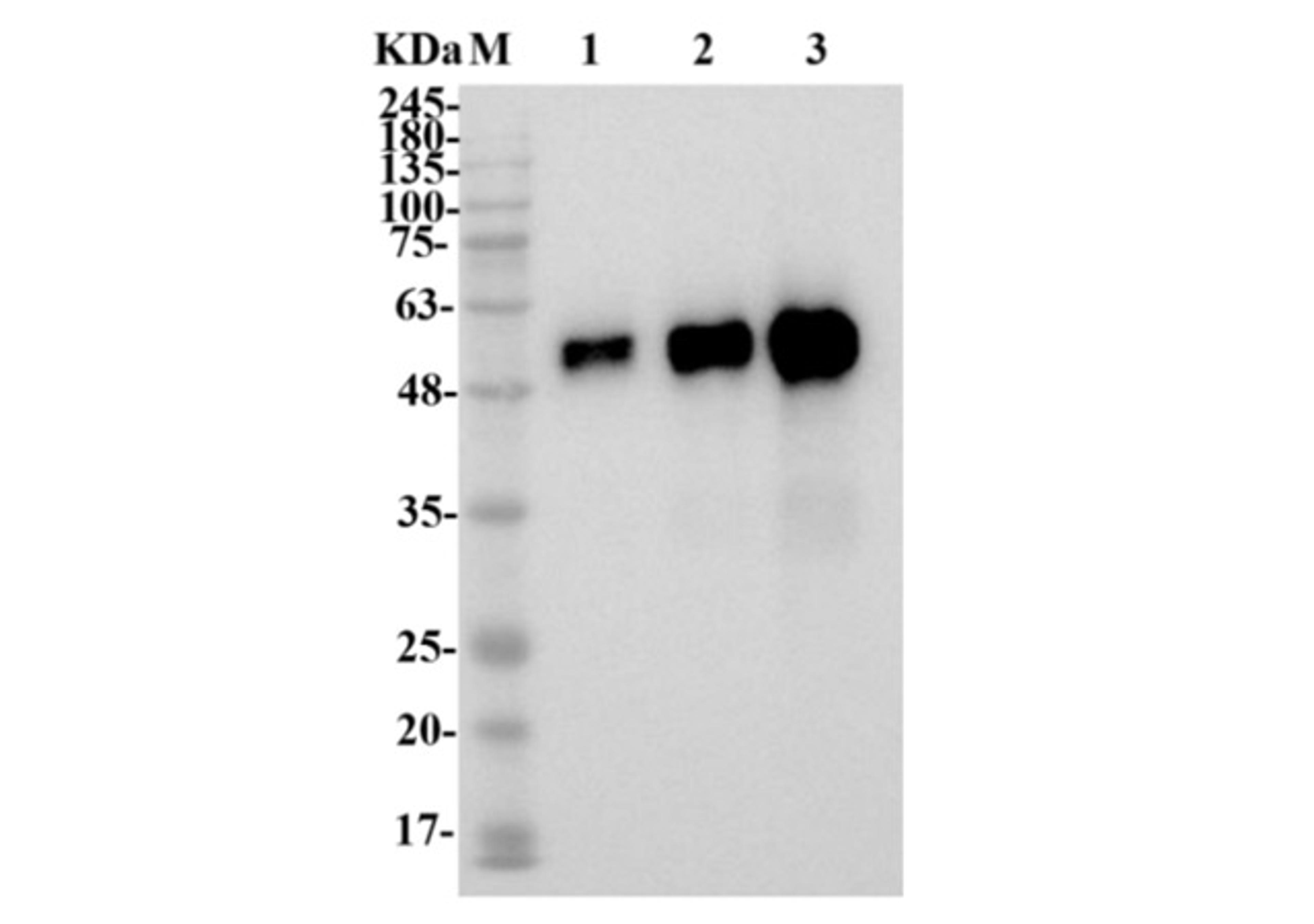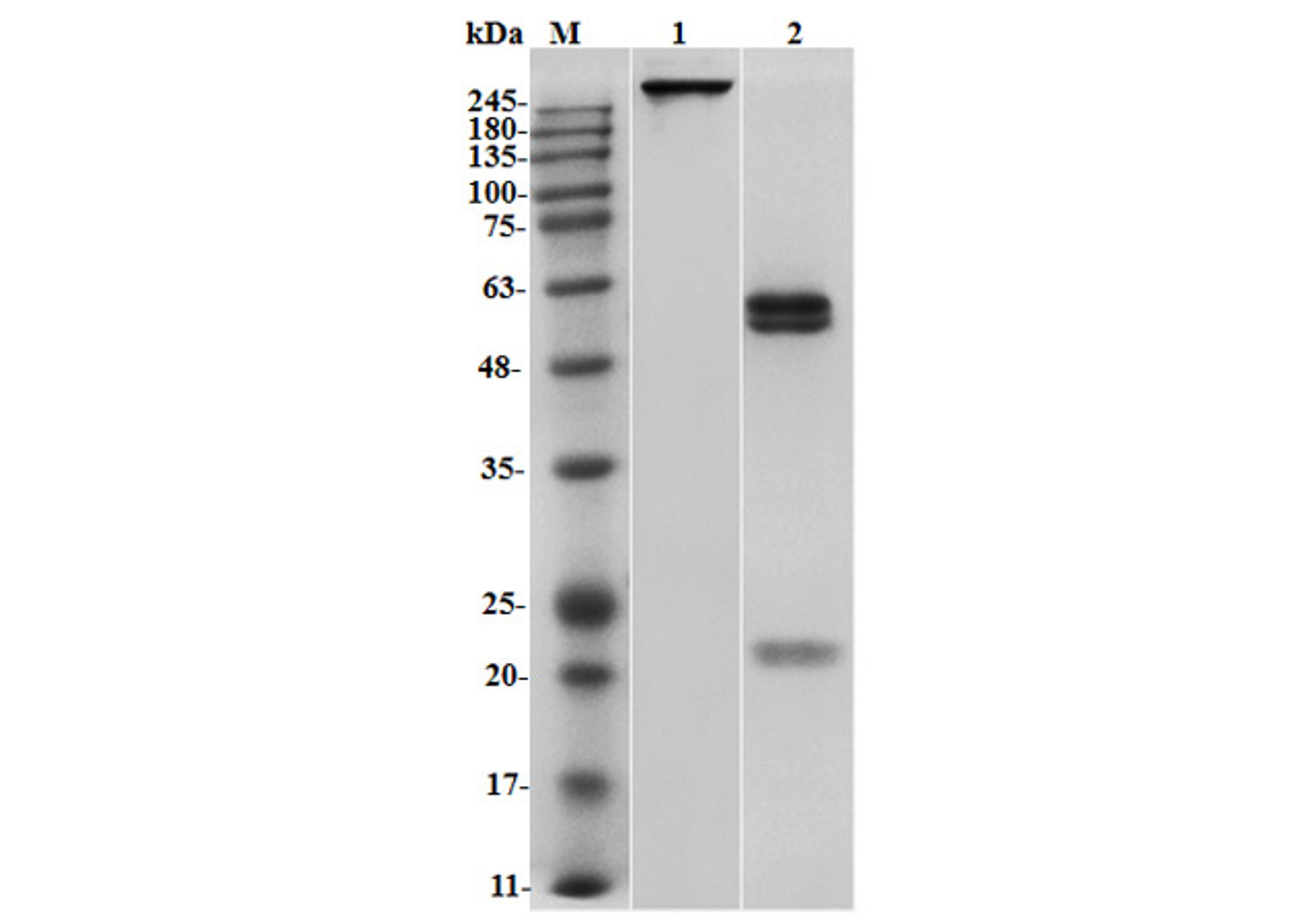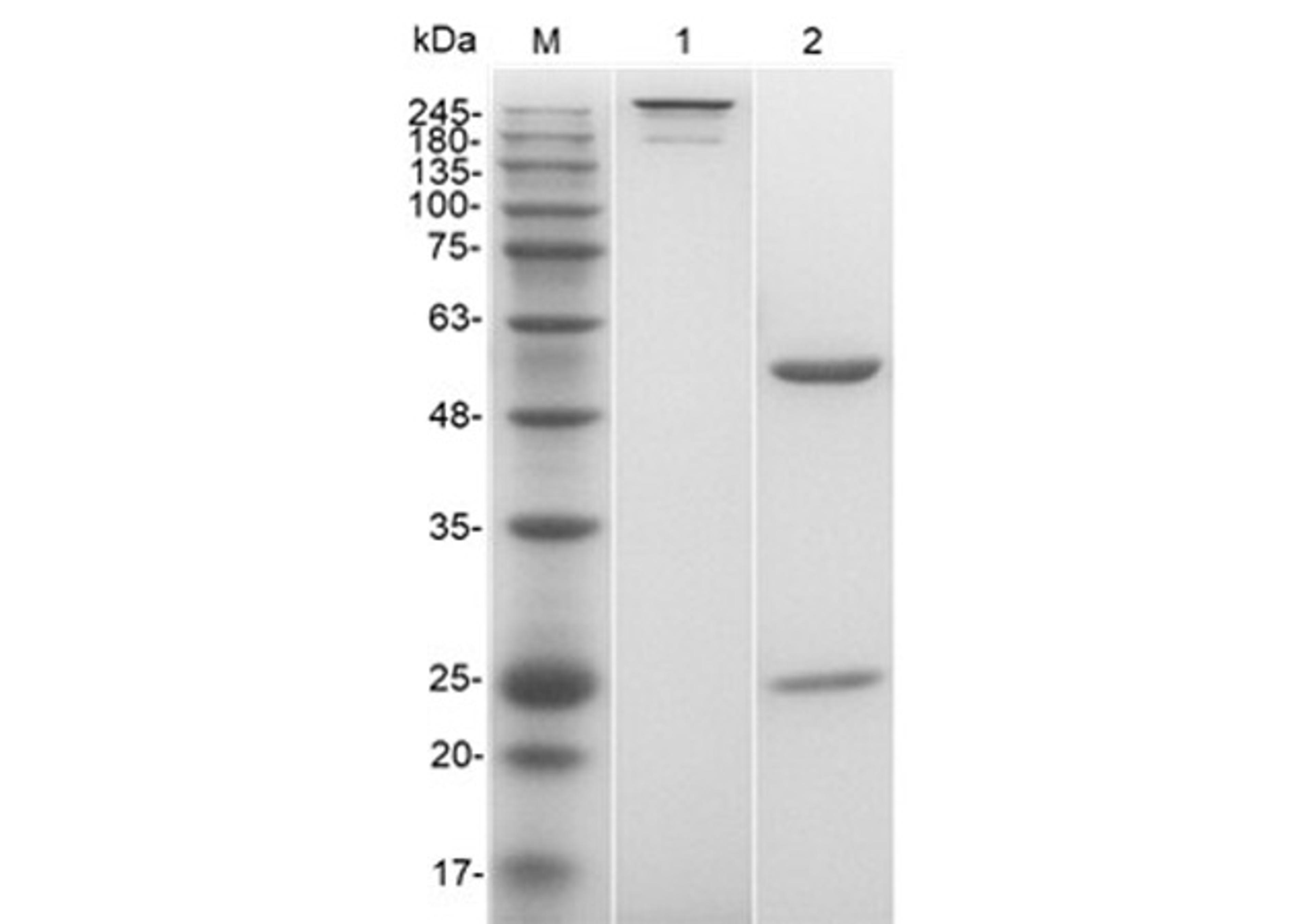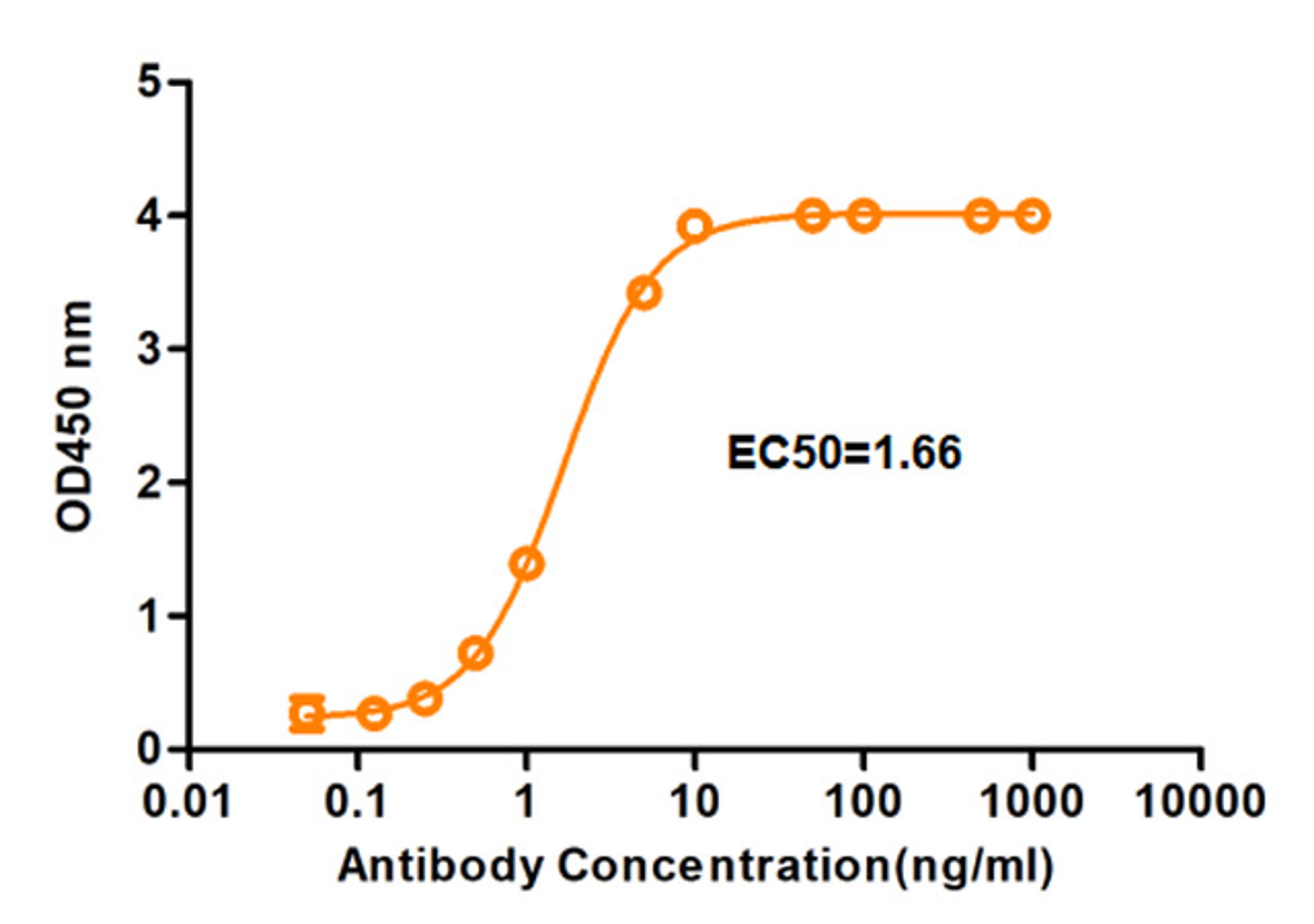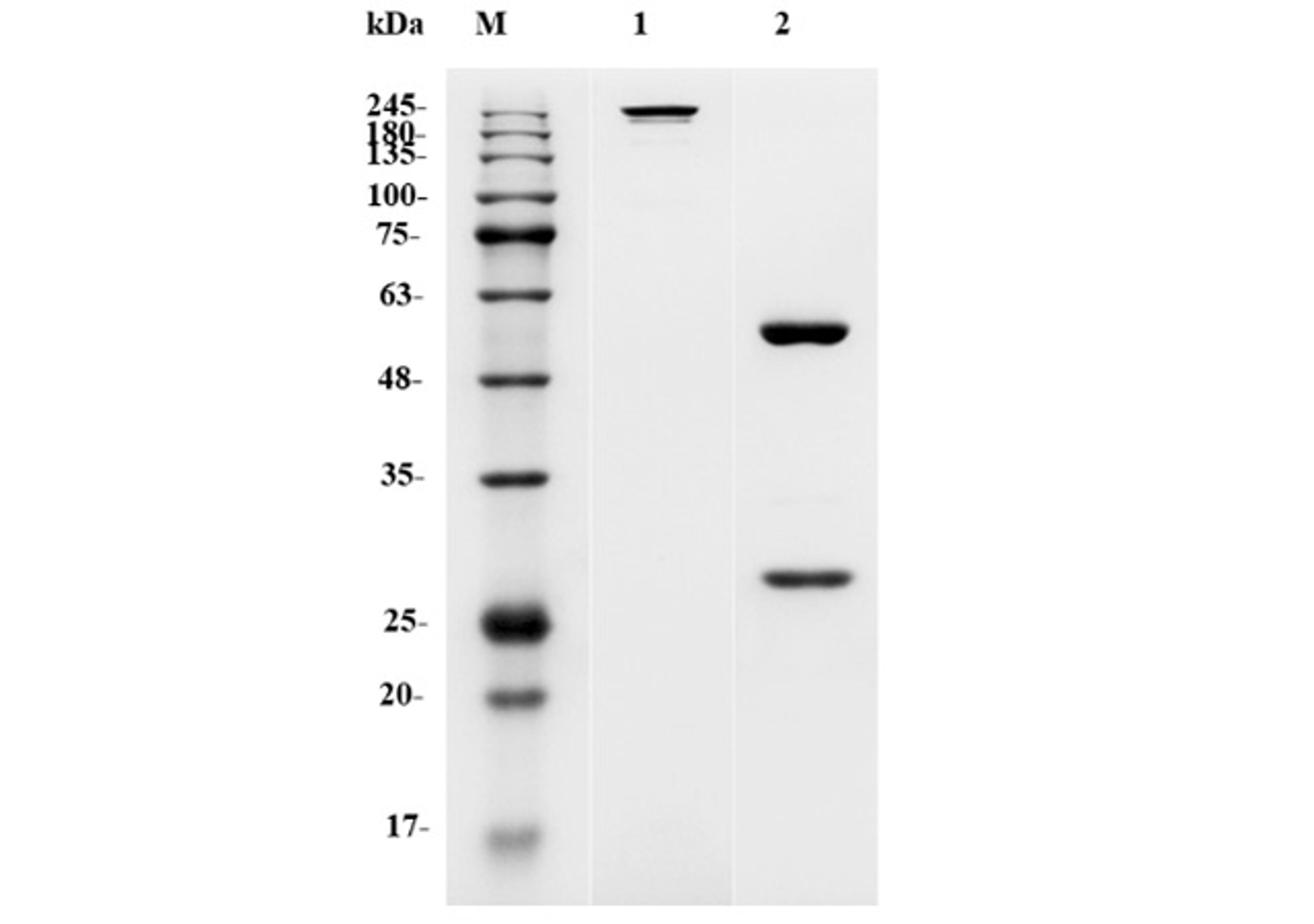CA 19-9 (GCA)
High Quality Assays with Reproducible and Reliable Results

The supplier does not provide quotations for this product through SelectScience. You can search for similar products in our Product Directory.
For the quantitative determination of the Cancer Antigen CA 19-9 concentration in human serum. a group of mucin type glycoprotein Sialosyl Lewis Antigens (SLA), such as CA19-9 and CA19-5, have come to be recognized as circulating cancer associated antigens for gastrointestinal cancer. CA19-9 represents the most important and basic carbohydrate tumor marker. The immunohistologic distribution of CA19-9 in tissues is consistent with the quantitative determination of higher CA19-9 concentrations in cancer than in normal or inflamed tissues. Recentlyreports indicates that the serum CA19-9 level is frequently elevated in the serum of subjects with various gastrointestinal malignancies, such as pancreatic, colorectal, gastric and hepatic carcinomas. Together with CEA, elevated CA19-9 is suggestive of gallbladder neoplasm in the setting of inflammatory gallbladder disease. This tumor-associated antigen may also be elevated in some non-malignant conditions. Research studies demonstrate that serum CA 19-9 values may have utility in monitoring subjects with the above-mentioned diagnosed malignancies. It has been shown that a persistent elevation in serum CA19-9 value following treatment may be indicative of occult metastatic and/or residual disease. A persistently rising serum CA 19-9 value may be associated with progressive malignant disease and poor therapeutic response. A declining CA 19-9 value may be indicative of a favorable prognosis and good response to treatment.The CA19-9 ELISA test is based on the principle of a solid phase enzyme-linked immunosorbent assay. The assay system utilizes a monoclonal antibodydirected against a distinct antigenic determinant on the intact CA19-9 molecule is used for solid phase immobilization (on the microtiter wells). Another CA 19-9 monoclonal antibody conjugated to horseradish peroxidase (HRP) is in the antibody-enzyme conjugate solution. The test sample is allowed to react sequentially with the two antibodies, resulting in the CA19-9 molecules being sandwiched between the solid phase and enzyme-linked antibodies. After two separate incubation steps at 37°C for 90 minutes, the wells are washed with wash buffer to remove unbound labeled antibodies. A solution of TMB Reagent is added and incubated for 20 minutes, resulting in the development of a blue color. The color development is stopped with the addition of Stop Solution changing the color to yellow. The concentration of CA19-9 is directly proportional to the color intensity of the test sample. Absorbance is measured spectrophotometrically at 450 nm.

